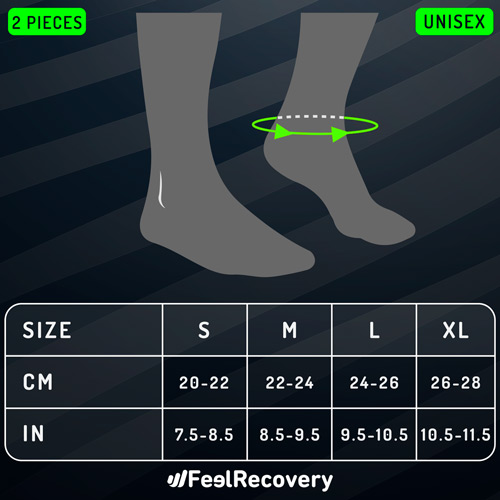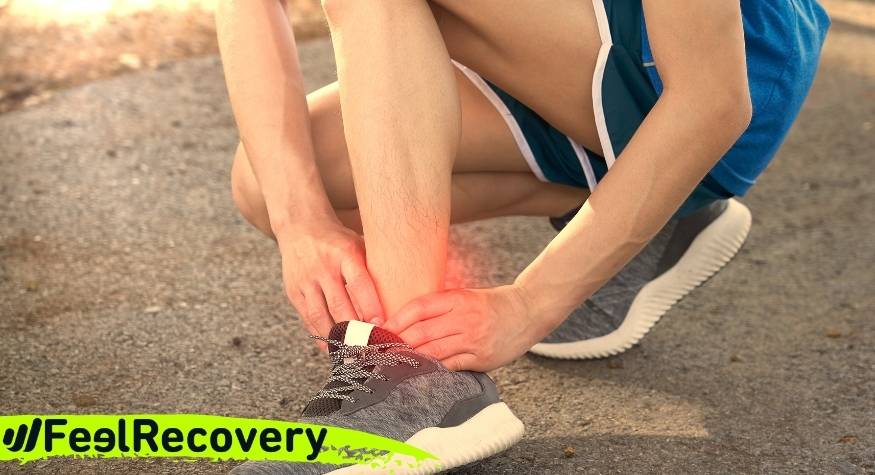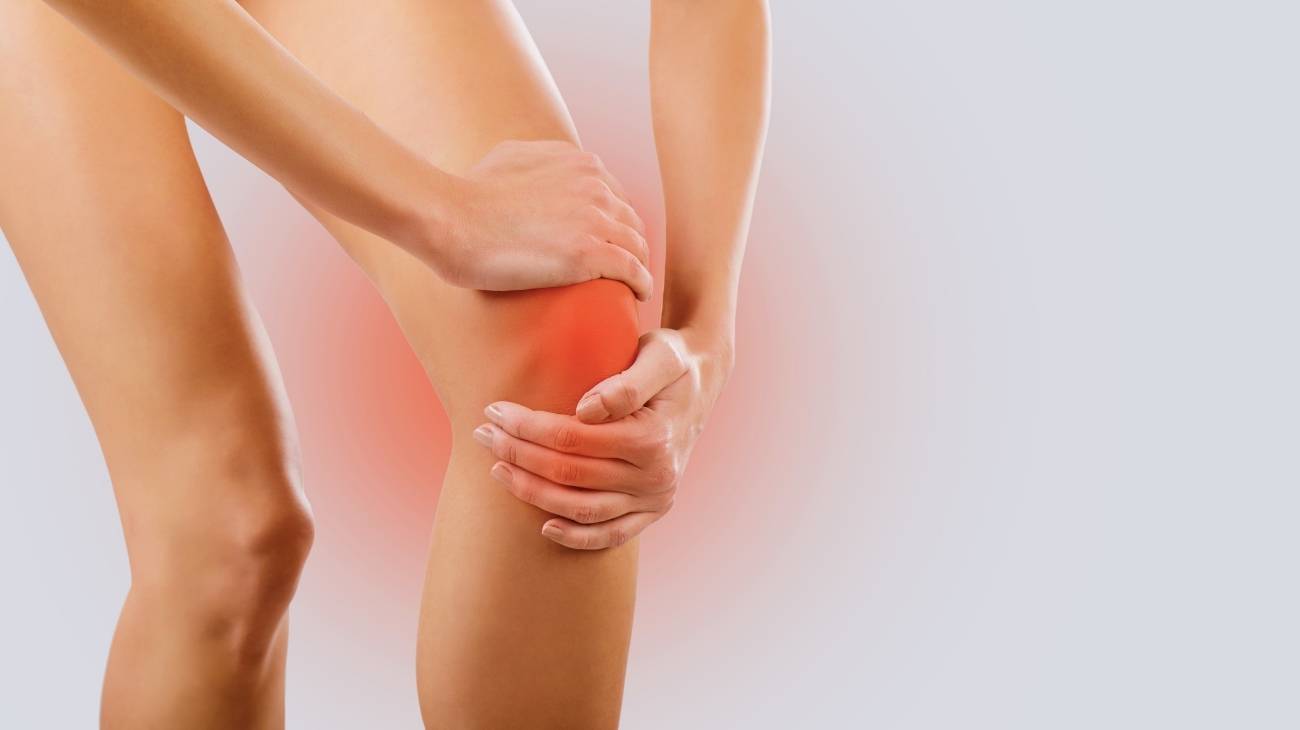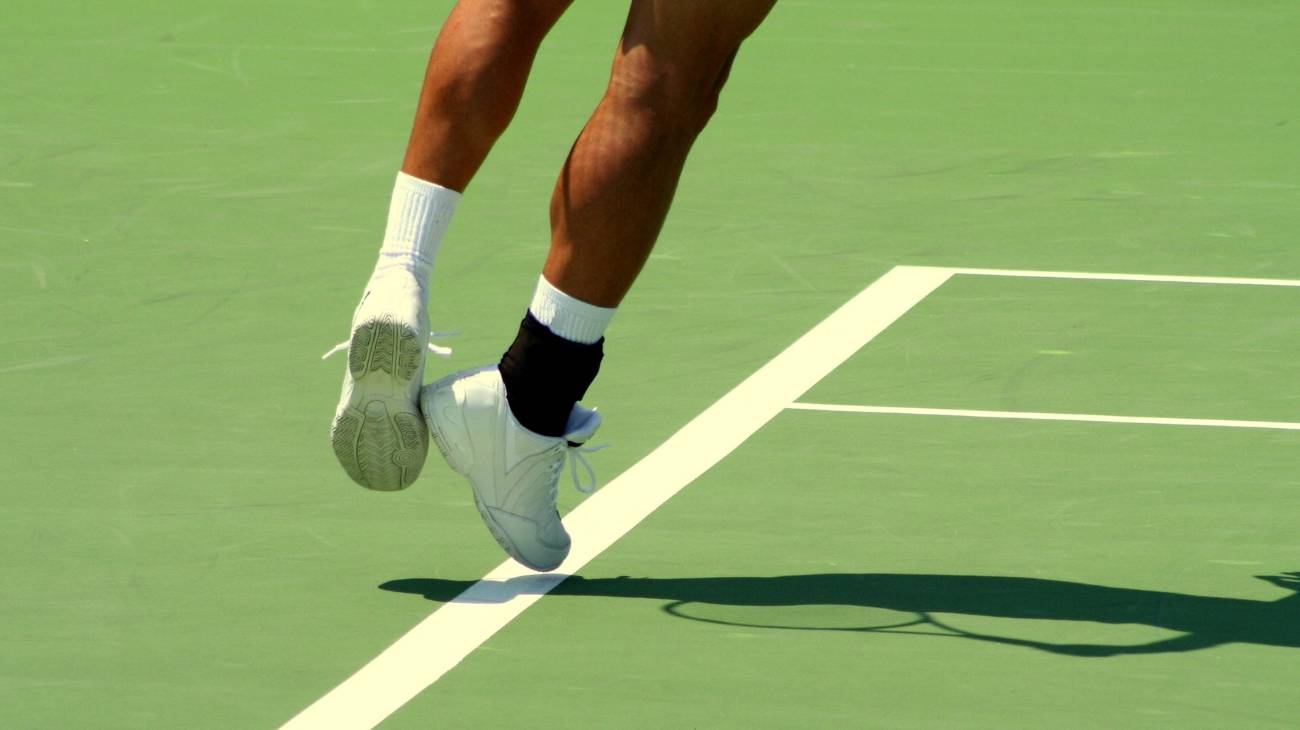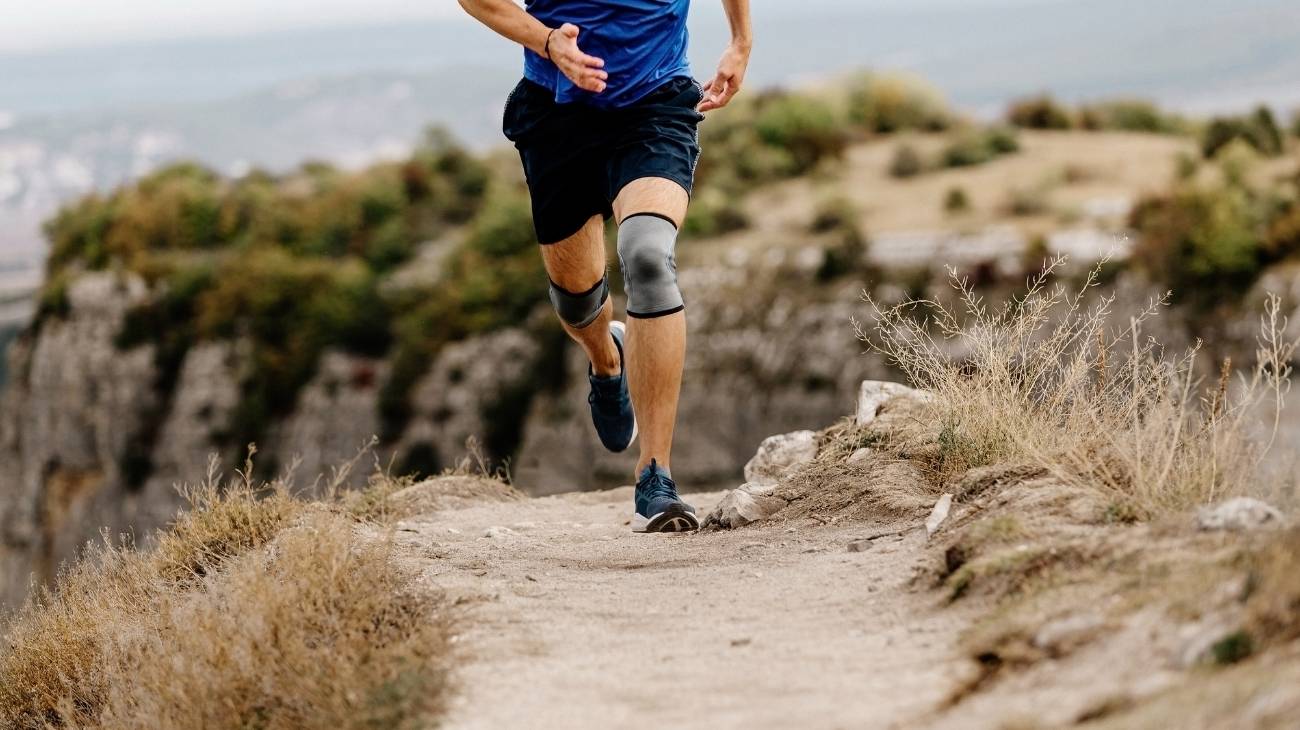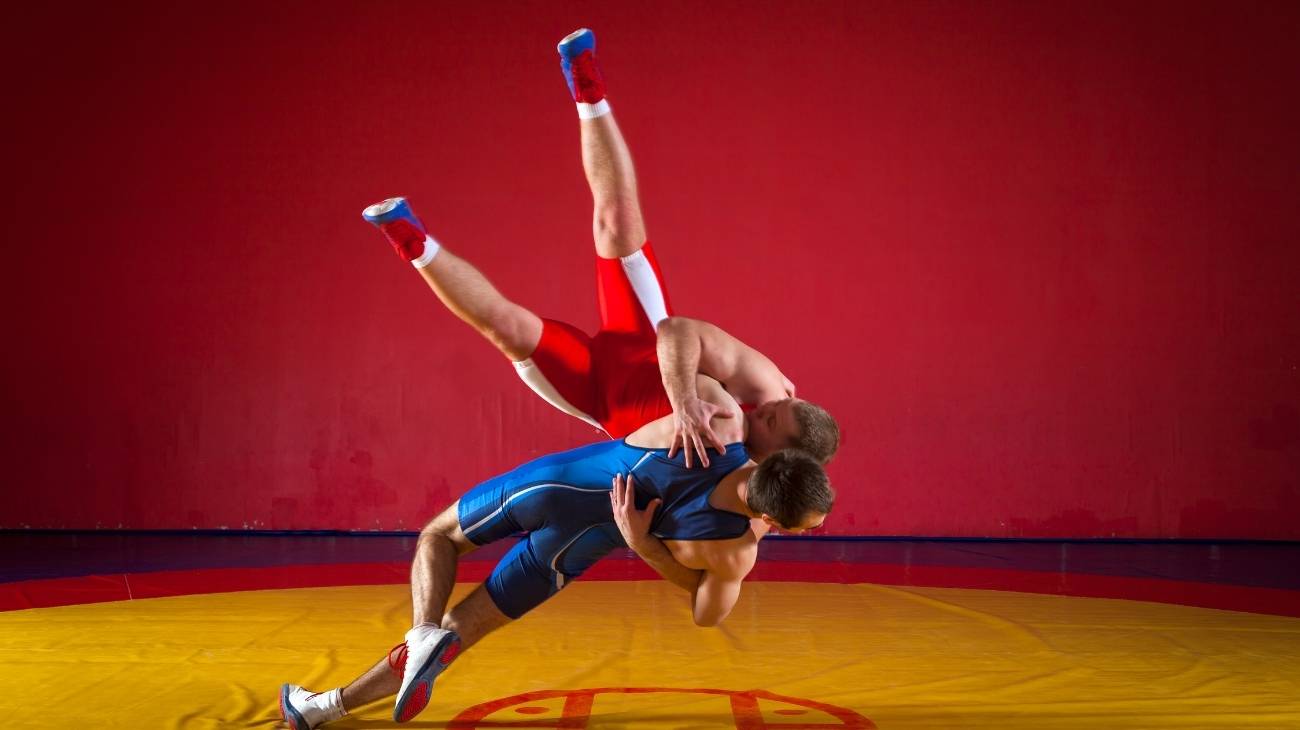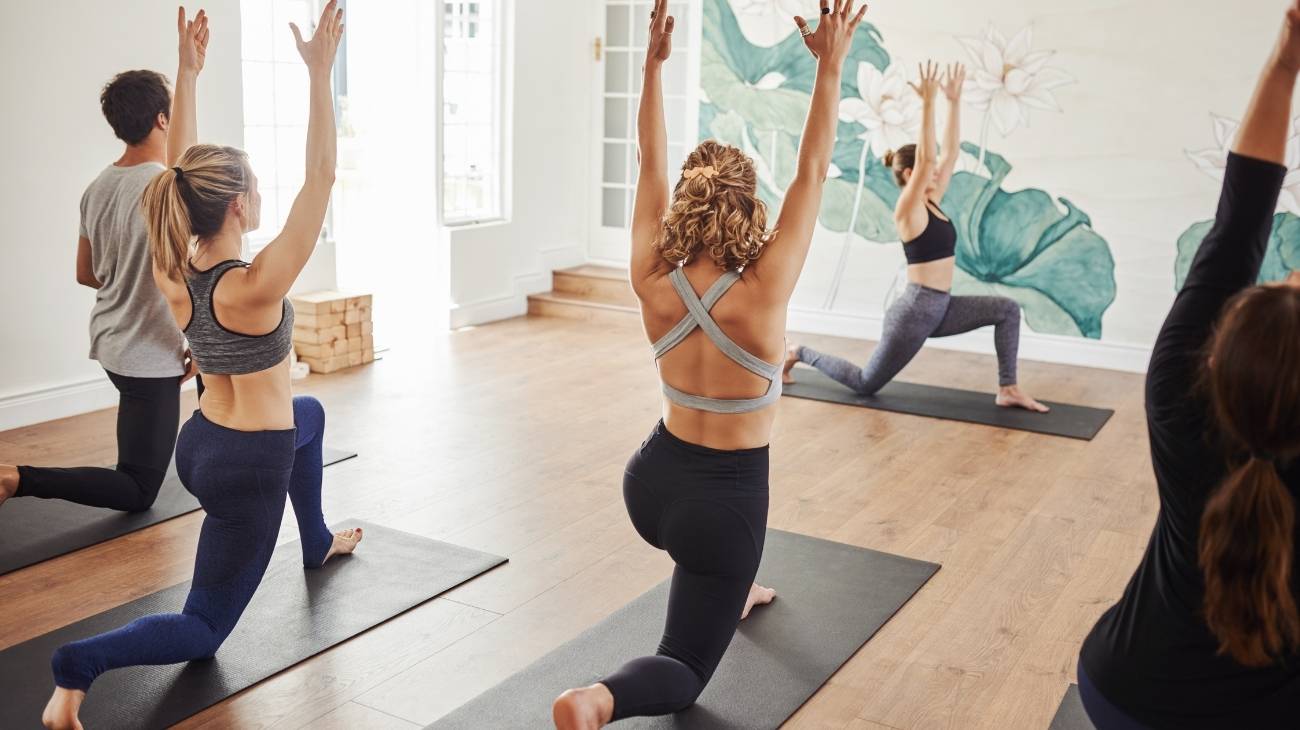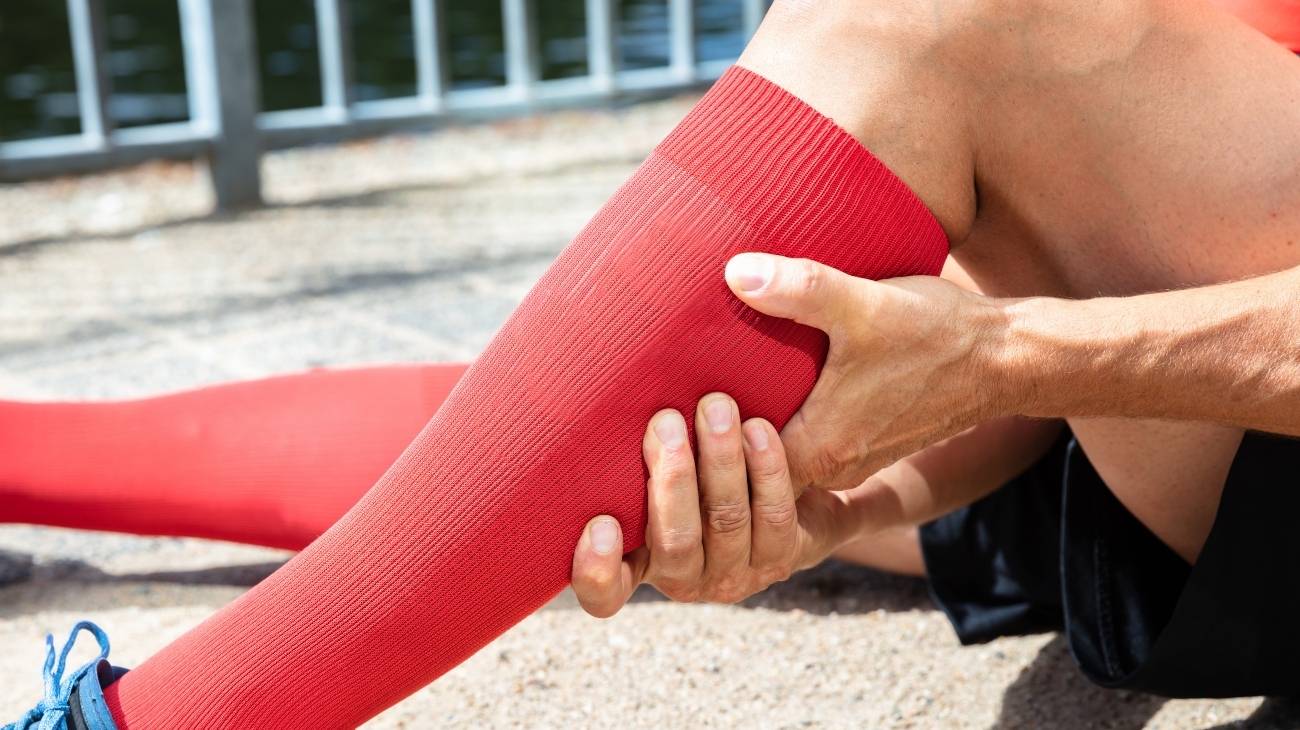Running is a sport derived from athletics that consists of jogging and running distances in set times. More and more people are practising it and all of them are exposed to a series of injuries, commonly in the ankles, which usually occur due to overuse or effort, as well as not having the proper protection.
For these reasons, in this post we will explain the most frequent injuries during running, the types of sports ankle braces with which you could recover from your injury, their characteristics and effectiveness in this discipline. In this way, you will be able to get a better understanding of their use and therefore, greater effectiveness.
What are the most common ankle injuries when running?
Running is an activity that requires training and preparation for running, whether over short or long distances. It is usually practised individually, but there are marathon-type competitions in which several people can take part. As with all sports, it is normal for athletes to suffer some injuries, especially in the ankles as it is one of the joints that is most strained.
The following are the most common injuries to the ankles when practising this sport:
Sprained ankles
They represent the most frequent injuries in sport and do not usually lead to serious joint complications. They occur when the ankle is sprained, causing the ligaments that support it to stretch more than they should. The symptoms are very noticeable: severe pain in the affected area, swelling and difficulty walking.
In running, it is usually caused by inappropriate movements during jogging or walking, as a result of tripping over obstacles along the way. They also occur frequently in other sports disciplines, and their recovery time varies between 4 to 7 weeks, but in some cases, where sprains are more severe, the rehabilitation period can be extended to a month.
Ankle fracture
Usually caused by factors similar to those of a sprain: excessive jogging or walking movements that cause the joint to twist, but with the difference that in a fracture, the bone moves out of its natural position and may even fragment. Generally, ankle fractures require surgery and several weeks or even months of recovery accompanied by rehabilitation therapies due to the severity of the injury.
Runners suffer this type of injury after heavy blows or shocks to the ankle area, and its symptoms are: severe pain, inability to move the joint, bruising, swelling, and if the bone is fragmented, blood may appear. In most cases, a fracture can be detected with the naked eye, but it can also be confirmed by X-rays.
Tendonitis of the ankle
Ankle tendonitis is a severe inflammation of the tendons near the joint that greatly impairs the movement of the person with the condition. In runners, athletes and other sportsmen and women such as football or basketball, this swelling is caused by overloading the tendons with activity after running for excessive distances for an excessive period of time without taking the required breaks.
The injury is usually not serious and its symptoms are limited to discomfort in the hamstring area. To avoid tendonitis becoming chronic, it is recommended to take sufficient rest between training sessions and to warm up the joints before running.
Ankle dislocation
Ankle dislocations occur when the joint moves out of its natural position, but unlike fractures, it can be repositioned on its own (subluxation) or by physiotherapy or trauma specialists (dislocations). Whether it is a subluxation or a dislocation, these injuries cause athletes severe pain and prevent them from walking normally until they are fully recovered.
In running, dislocations are caused by severe blows, sprains or forceful movements of the ankle. In athletes, they usually occur after excessive forceful movements or falls in which the ankle ligaments are stretched to the point of pain and possible rupture. Symptoms are: discomfort in the joint, swelling and reddening of the skin in the affected area. Recovery time for dislocation or dislocation varies between 4 to 6 weeks.
Ligament tears
The ligaments of the ankle are responsible for binding the bones together and keeping the joint stabilised. When ligaments are overstretched, they can tear and cause injury to the athlete. In running, they are often caused by sudden movements and stretching of the joint or an inadequate warm-up session before running.
The most common symptoms of a tear are: severe pain and discomfort when moving the joint. If the tear is very severe, the athlete will need surgery to join the ligaments together, and then rest for several weeks to prevent a further tear.
Bestseller
What types of sports ankle braces are best for injuries in runners and athletes?
There is a great variety of sports ankle supports, but to find the best garments of this type, it is necessary that they fulfil the function we require, that they are made of a resistant material, of good quality and that they treat the injury we want to treat in order to avoid the excessive use of drugs.
Ankle compression sleeves
Tubular elastic ankle supports are used to apply compression to the affected area, especially for serious injuries such as dislocations, dislocations or torn ankle ligaments. They are very comfortable and absorb perspiration, preventing the ankle brace from becoming slippery.
Another important aspect is the firmness in the immobilisation of the joint, without generating discomfort, allowing runners to carry out their activities comfortably and safely. They are very effective in the treatment of injuries and discomfort in athletes, so their use is recommended for both athletes and occasional runners.
Neoprene ankle brace
This is one of the most frequently used ankle braces. They are made of neoprene, a material that is characterised by being flexible without losing resistance and has an effective natural support that makes its use much more comfortable and safe. Its effectiveness lies in the alignment and immobilisation of the area affected by the injury and for being hypoallergenic.
It should also be noted its thermo compression properties, which are beneficial to the health and general welfare of people, such as: better blood circulation, reduces inflammation, pain relief and more properties that help considerably to the recovery of the athlete.
Ankle brace with cross stabilisation system
Ankle supports with cross stabilisation system are ideal for the treatment of mild to moderate sprains, dislocations or dislocations. Despite their stiffness, they are comfortable and excellent for protecting and cushioning athletes' ankles against excessive loads.
These ankle braces have a high therapeutic potential as they are effective in immobilising the joint and some adjust to progressively release movement as recovery progresses. This minimises the chances of ligament tears or a similar injury recurring in running.
Ankle supports
Orthopaedic ankle braces are mainly used for post-operative recovery, but their daily use is recommended by specialists in case the athlete has a malformation of the ankle, moderate or severe injury. They are made of highly resistant materials and stabilising straps that allow complete alignment of the joint and help restore movement. These ankle braces are highly recommended for the rehabilitation of surgeries, fractures or torn ankle ligaments.
What features should you consider before choosing the best sports ankle sleeve for running?
Before choosing the best ankle brace for running, we must take into account the function we want it to fulfil: whether it is to protect us from possible injuries, relieve pain due to muscular discomfort or treat a moderate injury, among others. The material the compression ankle brace is made of is another fundamental aspect, as well as the fastening systems it has.
According to their function
- Ankle sleeves for pain: High compression sports ankle braces are ideal for the relief of pain or discomfort in the joint and for athletes with ankle injuries, since by exerting pressure on the area, they improve blood circulation and reduce inflammation caused by shocks, blows or heavy falls in the athlete.
- Protective ankle support: This type of sports ankle brace is beneficial for athletes who do not have injuries as they are for preventive use. They serve as shock absorbers for possible blows that can cause severe injuries to runners. They are widely recommended in running and similar sports disciplines and thus you can run with the protection that ankle braces offer at all times.
- Partially open ankle braces: Partially open compression sports ankle braces are suitable for preventing injuries from blows or falls without the athlete losing much mobility. However, it is recommended to consult with sports specialists before use, as this type of garment leaves the Achilles tendon area uncovered, and a hard fall can lead to rupture of the tendon.
- Closed ankle braces: Closed compression ankle braces are the most commonly used by athletes. They are optimal in pressure to reduce joint mobility, but at the same time provide comfort and protection for the athlete. They cover all injury-prone areas and are excellent at cushioning against knocks and falls.
- Stabilising ankle supports: This element is one of the benefits of the sports ankle brace, because they provide the runner with a balance and improvement in the posture and alignment of the ankle, avoiding malformations and injuries that may occur due to inadequate movements or deviations in the bones and ligaments.
Fabrication material
Due to its easy processing and availability, most ankle braces are currently made of neoprene, a carbon derivative that is both flexible and tough, excellent in protecting against minor to moderate injuries, is hypoallergenic and also reduces perspiration, so that the garment does not slip while the athlete is running.
Other compression sports ankle sleeves made of nylon are also available and are very effective in providing flexibility and immobilisation of the joint. They are more recommended in the treatment of existing injuries in athletes because of their therapeutic potential.
Type of support
Most sports compression ankle braces have a type of support that keeps the ankle in the joint, preventing it from slipping while the athlete is training or practising the discipline. Some are included directly in the garment, while others are complementary. Regardless of this, both types are really effective and it is up to the athlete to choose the support that best suits their needs.
Some of them are:
- Velcro: The sports ankle braces with Velcro fastening have adhesive tapes that join together when in slight contact with each other and generate pressure on the ankle brace, adjusting it and preventing it from slipping out of its initial position. They are one of the most commonly used and are comfortable for running.
- Laces: They work in a similar way to shoelaces. Once the athlete puts on the ankle brace, he presses and ties the laces to his preference so that they remain firm on the ankle and he can carry out his sports activities without problems.
- Straps: Tightening straps on sports ankle braces form a support that is noted for preventing lateral movement of the joint, protecting the athlete from serious injuries such as dislocations, dislocations or fractures. Although it considerably reduces movement, it is recommended for runners with weak ankles.
Size
The ideal ankle brace for an athlete is one that fits true to size, is uncomplicated to place on the joint and provides the desired pressure and immobilisation. It should be noted that a garment that is one size too small for your ankle will generate excessive pressure and subsequently lead to circulation problems, cramps and discomfort. While a garment larger than the required size will not provide the necessary pressure and immobilisation and therefore will not protect you from injury.
| SIZE | S | M | L | XL |
|---|---|---|---|---|
| CM | 20-22 | 22-24 | 24-26 | 26-28 |
| IN | 7.5-8.5 | 8.5-9.5 | 9.5-10.5 | 10.5-11.5 |
| WHERE TO MEASURE? | ||||
| The circumference is measured right at the ankle bone (*See image) *Note: If after measuring you are between two sizes, choose the larger size |
||||
Design
The best design for a sports compression ankle brace and similar accessories is a very subjective character. It is up to the athlete's taste to choose the colours and details he/she feels most comfortable with, as this could affect his/her athletic performance. Currently, sleek and minimalist themes predominate. There are many that focus on colourful or fluorescent tones, but beyond their presentation, it is important to remember that the most important thing is that they are comfortable and protect the athlete from injury.
For those who are not satisfied with what is available on the market, there is the possibility to opt for personalised ankle braces, designed specifically with the requirements of the person, both in the material and in the aesthetic area. So, there are no excuses for not using these garments that are so beneficial for health, and at the same time they mark a style, a fashion.
Price
The cost may vary depending on their material of manufacture, design, function and quality of materials. It should be noted that we do not recommend the purchase of very cheap sports ankle sleeves as these do not meet the quality standards that require this type of injury recovery products.
Do compression ankle sleeves for running really work?
It has been proven that compression clothing such as sports ankle braces are really effective in the prevention and treatment of injuries or discomfort, such certifications were made after several investigations, both in the therapeutic area, as in the sports area, ensuring confidence in this garment to increase performance in the discipline performed, as well as in the rapid recovery of the same after training.
At the same time, the product performs a compressive therapy that has different benefits for the improvement of people's health. This is due to the pressure they exert on the area, causing a better blood circulation and therefore, the reduction or prevention of serious conditions such as: lymphedema, oedema, chronic venous insufficiency, among others.
So, there is no garment that can perform such functions quickly and easily, so its use in running has become part of their sports clothing, protecting them from any accident they may have in that weak area, helping them to continue and evolve in their career day by day.








